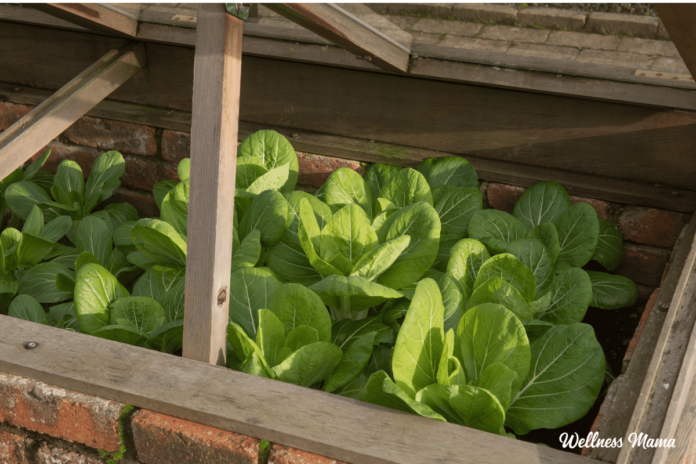As the summer days begin to wane and the air takes on a hint of crispness, it’s the perfect time to start thinking about planting a fall garden. A fall garden can provide a bountiful harvest of delicious vegetables, herbs, and flowers long after the summer growing season has ended. Here’s a step-by-step guide on how to plant a successful fall garden.
Step 1: Choose the Right Location
Select a spot in your yard that gets plenty of sunlight. Most fall crops need at least six hours of direct sunlight per day. Consider the soil quality as well. A well-drained soil rich in organic matter is ideal. If your soil is heavy or clay-like, consider adding compost or other amendments to improve drainage and fertility.
Step 2: Plan Your Garden
Decide what you want to grow in your fall garden. Some popular fall crops include lettuces, spinach, kale, radishes, carrots, beets, broccoli, cauliflower, cabbage, and Brussels sprouts. Herbs like parsley, sage, thyme, and rosemary also do well in the fall. Make a list of the crops you want to grow and plan out your garden layout. Consider using raised beds or containers if you have limited space.
Step 3: Prepare the Soil
Once you’ve chosen your location and planned your garden, it’s time to prepare the soil. Start by removing any weeds or debris from the area. Then, loosen the soil with a garden fork or tiller. Add compost, well-rotted manure, or other organic amendments to improve the soil’s fertility and structure. Work the amendments into the soil to a depth of about 6 to 8 inches.
Step 4: Select Your Seeds or Transplants
You can start your fall garden from seeds or transplants. Seeds are often less expensive and give you more variety to choose from. However, transplants can give you a head start and are a good option if you’re short on time. When choosing seeds or transplants, look for varieties that are specifically suited for fall growing. These varieties are often more cold-tolerant and can handle the shorter days and cooler temperatures of the fall season.
Step 5: Plant Your Garden
Follow the planting instructions on the seed packets or transplant labels. Generally, you’ll want to plant seeds at the recommended depth and spacing. For transplants, gently remove them from their containers and plant them in the prepared soil, being careful not to damage the roots. Water the plants thoroughly after planting to help settle the soil.
Step 6: Provide Adequate Water and Mulch
Fall gardens often need less water than summer gardens, but it’s still important to keep the soil evenly moist. Water your plants regularly, especially during dry spells. Mulching around your plants can help conserve moisture, suppress weeds, and keep the soil temperature more stable. Use straw, shredded leaves, or other organic mulches.
Step 7: Protect Your Garden
As the temperatures start to drop, you may need to protect your fall garden from frost. Cover your plants with row covers, blankets, or plastic sheeting on nights when frost is expected. You can also build a simple cold frame or hoop house to extend the growing season.
Step 8: Harvest Your Crops
Enjoy the fruits of your labor by harvesting your fall garden crops as they mature. Be sure to harvest at the right time to ensure the best flavor and quality. Some crops, like lettuces and radishes, can be harvested continuously throughout the fall. Others, like broccoli and cauliflower, should be harvested when they reach their full size.
In conclusion, planting a fall garden can be a rewarding and enjoyable experience. With a little planning and care, you can enjoy a fresh harvest of delicious vegetables, herbs, and flowers well into the fall and even early winter. So grab your gardening tools and get started on your fall garden today.

